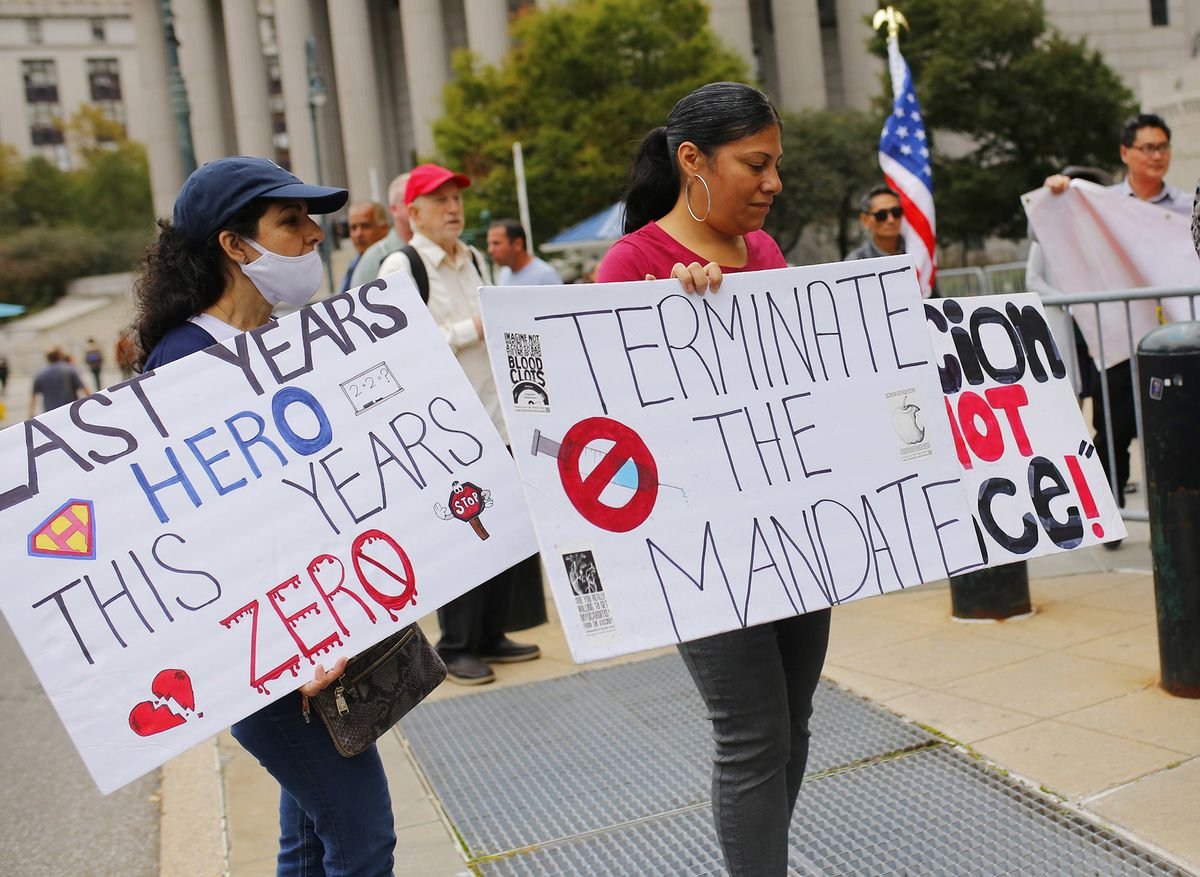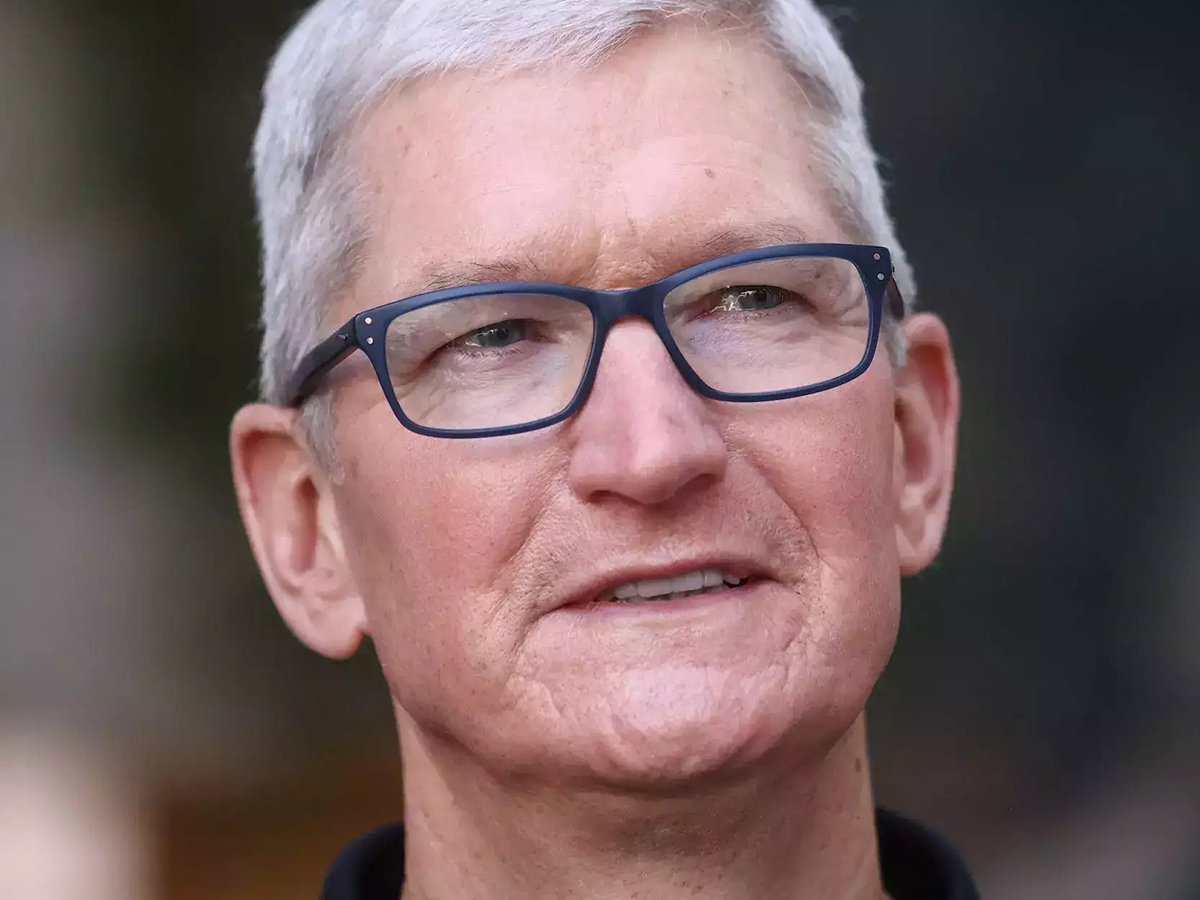Good morning. It’s Tuesday. We’ll take a look at why most public school students in New York City probably won’t need Covid-19 vaccines when the school opens next fall. We will also find out why one of the city’s cultural institutions adds ‘New York’ to its name.
Mayor Eric Adams and Governor Kathy Hochul have both said they are in favor of making Covid-19 vaccinations mandatory for all public school children. But my colleague Sharon Otterman says it probably won’t be in time for next school year.
In order for the Covid-19 vaccine to join 12 other vaccinations required by state law for school attendance, the New York state legislature would have to change the public health law. Democratic lawmakers in Albany have introduced bills to do just that.
But Senator Brad Hoylman, who introduced the Covid childhood vaccine bill in the state Senate last October, said it was such a hot potato that it wasn’t even assigned a formal account number. “That’s clearly an indication that it’s not ready to be considered,” he said.
The mayor can order a vaccine mandate himself. But Adams, who took office in January, has pushed the city in the opposite direction. He suspended a citywide program that effectively encouraged families to vaccinate their children by requiring vaccination to enter restaurants or indoor entertainment.
Adams has repeatedly said he would support a mandate for schoolchildren once the vaccine for them is fully approved by the FDA. A decision on Pfizer’s vaccine for 12 to 15-year-olds could be made in the coming months. The company has not yet applied for full approval for 5- to 11-year-olds. But the efficacy of the Pfizer vaccine in children under 12 is disappointing.
Vaccination coverage among primary school children in the city is higher than the national average, but remains quite low. Citywide, 46 percent of children ages 5 to 12 have been fully vaccinated, compared to 80 percent of children ages 13 to 17.
These percentages vary widely by community and by race, indicating the great challenge of enforcing a mandate. For example, according to city statistics, 99 percent of Asian children ages 5 to 12 in New York City are fully vaccinated. But only 37 percent of white city children ages 5 to 12 are. Vaccination rates for white children of that age vary markedly by borough, from 21 percent in Staten Island to 84 percent in Manhattan.
Brad Lander, the New York City comptroller, and Jumaane Williams, the city’s public advocate who is also running for governor, are among several officials who recently called for a mandate. But Lander acknowledged that there seemed to be little political support for it.
“Some of it depends on what happens in the coming months,” he said last month. “If there are no more peaks and variants – as I sincerely wish – then I doubt there will be much pressure.”
The American Academy of Pediatrics continues to recommend vaccination for all children and adolescents ages 5 and older, including those previously infected. But jumping from that to a mandate is a big step. Several experts said it would be better to continue focusing on voluntary vaccination programs for next fall.
Pediatricians are also divided on whether there should be a mandate for schoolchildren, said Dr. Toni Eyssallenne, an internist and pediatrician for Strong Children Wellness, a medical group in Queens.
A mandate would increase vaccination rates, she said. But, she added, “since this is a relatively new vaccine, some parents may be able to pick their children up from school or engage in other activities that can positively influence development, socially and emotionally.”





















